Apalachicola Bay
May 11, 2012
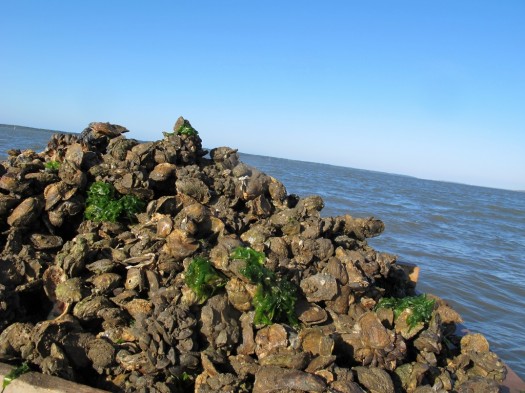
The tiny town of Apalachicola sits on Apalachicola Bay, which forms the bulge in the Florida Panhandle. The bay itself has been formed over eons by the Apalachicola River, the thick, brown, sluggish, gentle giant that drains southern Georgia and much of the Florida highlands. Picture the Mississippi, before the Petro-Industrial Complex found it. The river is lined with protected cypress and tupelo swamps (and it is the source of the world’s finest tupelo honey, but that’s another story), and it discharges a steady flow of rich, sediment-filled water into a warm bay that is just a few feet deep. That’s pretty much the perfect formula for growing oysters: The sediment is full of nutrients, which fertilize phytoplankton, the single-celled plants that oysters strain from the water with their gills. Like all plants, phytoplankton require nutrients, light, and warmth, which the shallow waters of Apalachicola Bay provide in abundance. Add to the mix the barrier islands that ring Apalachicola Bay, which keep the bay relatively calm (a boon for oysters and oystermen both), and relatively brackish (which keeps most oyster predators, which can only thrive in saltwater, at bay), and you have one of the oyster world’s miracle spots.
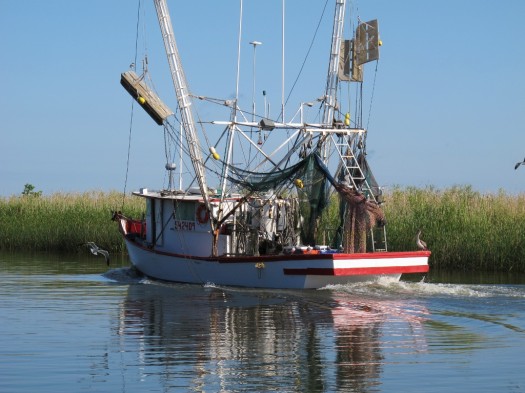
What makes Apalachicola even better is that it is about 80 miles from Anywhere, which keeps most highly annoying tourists away. The few who make it here are already in the know. And what they know is that if your idea of a good time is to hang out in a small town with a working waterfront, where the handful of restaurants are all obsessed with the freshness of their oysters (many actually have dedicated boats that harvest every day and deliver to the restaurant in the afternoon), and where oysters are not a precious luxury but part of the fabric of town life (see my previous entry to get a sense of that), then Apalachicola just may be the best place on earth.
If you arrive late on a Sunday night, as I did (and in these parts, “late” means after nine), you’ll be out of luck in the oyster department until the following morning. Fortunately, this is one of those few towns that considers breakfast part of the oyster day. I began my morning with a dozen on the half-shell at Caroline’s, and followed that up with Oyster Cakes ’n Eggs (grits on the side, naturally). But I could have easily gone for the oyster omelet, or waited a few hours and tried the oyster tacos, oyster jambalaya, chargrilled oysters, or oysters & artichokes poached in champagne and served in puff pastry.
Next door to Caroline’s is Boss Oyster, which, as you might expect, has a bit of a thing for the beatific bivalve. Both Boss and Caroline’s are on the Apalachicola River, and you’ll spy the Boss Oyster boat out back, shuttling back and forth from the oyster grounds out in the bay. Boss has several pages worth of oyster recipes, everything from oyster po’ boys to oyster stew, plus they’ll Gild the Lily and pile chives, ponzu, wasabi, and flying fish roe on your raw oysters, but really, with oysters this fresh, you should probably accent them with nothing more than a Dos Equis.
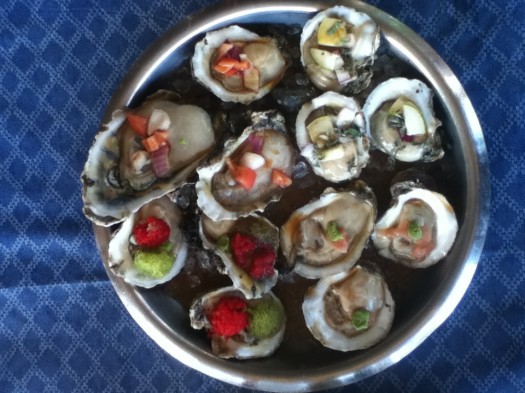
Oysters run about $8/dozen in Apalachicola, which is unfathomably cheap from a Northwest or Northeast perspective, so you will want to make the rounds and get a feel for each of the numerous raw bars in town (all within walking, or stumbling, distance). A few recommendations: Hole in the Wall, which has the purest oyster bar feel of anywhere I’ve set foot in quite a while; Up the Creek, which has stunning views of the Apalachicola River and estuary; and The Owl Café, which has a second-floor porch overlooking the frozen-in-time downtown.
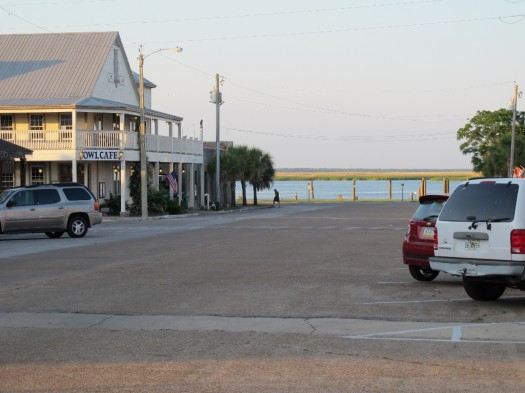
And now a bit more about the oysters. I have tasted Apalachicola oysters (or what were passed off as Apalachicola oysters, at any rate) in many oyster bars around the country, and I have generally been disappointed. Usually, they had the blocky shells and watery flavor of a cut-rate, up-bayou Louisiana oyster (which they may have been). Those oysters have given all Gulf Coast oysters a bad name. But a good Apalachicola oyster is a different beast entirely. It has a lively just-off-the-sea vibrancy to it (which never travels successfully), and it is fat and plump with a flavor the marries the briny richness of lobster bisque with the sweet roundness of creamed corn. For that, you’ll probably need to travel to Apalachicola (perhaps for the Florida Seafood Festival in November)—but even there, some oysters are much better than others.
Why?
It took me a while to figure it out.
Numerous “oyster bars,” as the oystermen refer to the low-lying reefs that sometimes rise nearly to the surface, exist throughout Apalachicola Bay. Almost all of them are public, meaning anyone with a license can go harvest them. The names of some of the bars are quite evocative: North Spur, West Lump, Paradise, Bayou Flats, Mast Pole, Picaleen, Cat Point, Haggens Flat, Porters Bar, Dry Bar, East Hole, Cabbage Top (and these are just off the menu at Hole in the Wall). The Apalachicola River empties into the middle of the bay; if the wind is out of the east, all that fresh water heads west; if the wind is out of the west, it heads east. According to Kendall Schoelles, whose family has been tonging oysters off of bottomland they own in the west bay since the 1890s, it takes less than two days of west wind to “salt up” his oysters, as briny water from the Gulf of Mexico blows in through Indian Pass, and the fresh river water heads in the other direction. So, if you like salty oysters (as most of us do), and you find yourself in Apalachicola, lick a finger, stick it in the air, and head for a restaurant that gets its oysters from the side of the bay the wind is coming from. (For the record, Kendall sells his oysters to Tommy Ward of 13 Mile, a local oyster legend. 13 Mile has its own retail store on the Apalachicola waterfront ($4.50/dozen oysters, plus $7 for a knife), and supplies The Owl Café and Hole in the Wall, among many others.
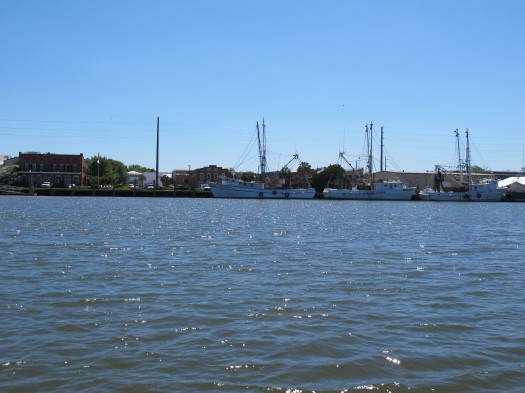
I haven’t even mentioned perhaps the most salient point of all about Apalachicola, the thing that almost brings tears to your eyes. Next post.
« PREVIOUS: Oyster Town, USA
 Recent Posts
Recent Posts

3 Responses to Apalachicola Bay